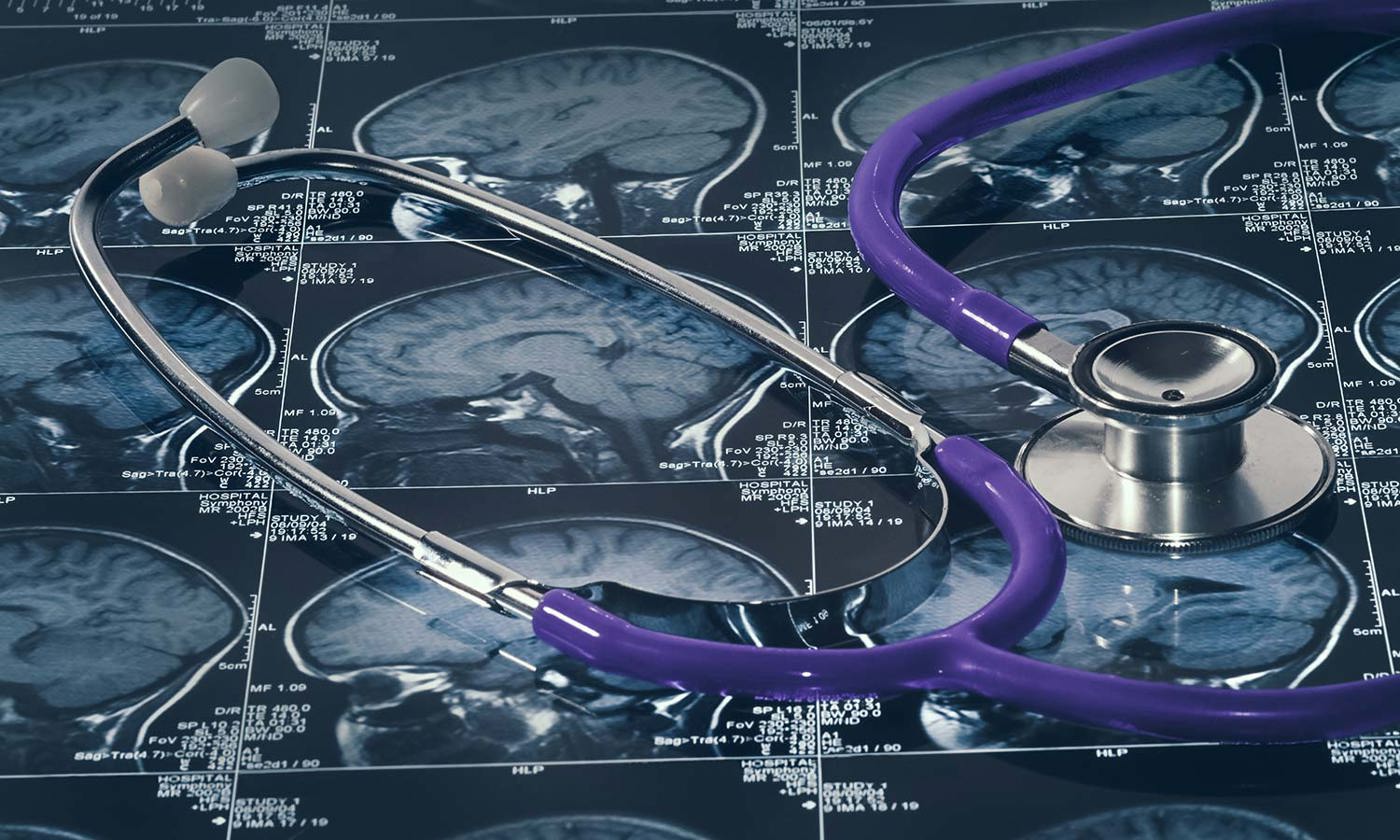Like what you see?
Sign up to receive more free parenting advice.
Thank you for subscribing to our newsletter!
Child Development

Credit: iStock.com/haydenbird
Attention deficit hyperactivity disorder (ADHD) can be a challenging condition for parents to manage, but researchers at the Murdoch Children’s Research Institute (MCRI) are paving the way for improved treatment and support.
Using neuroimaging techniques, The Children’s Attention Project run at MCRI, has found that distinct brain patterns can help explain variations in the way children present with ADHD.
Certain patterns across the whole brain appear to be linked to ADHD symptoms, development and cognition.
The findings, published online in the American Journal of Psychiatry, suggest that the different ways ADHD presents in children may stem from a combination of factors that have specific biological foundations in the brain.
Lead investigator Associate Professor Tim Silk from Deakin University’s School of Psychology says that to improve treatments, or predict the likely progression of ADHD, it is important to understand what is happening in the brain.
“We still don’t know what the underlying mechanisms are in ADHD, but it is quite clear that it is not isolated to one or two areas of the brain,” Associate Professor Silk says.
Having a child with ADHD can be extremely disruptive for everyone and put a real strain on relationships between family members, including between the parents, and siblings can feel left out as the child with ADHD demands so much attention. Of course, it's also tough on the child with ADHD who tends to be as intelligent as his or her peers, but is confronted by a series of challenges.Associate Professor Daryl Efron
ADHD is a neurodevelopmental disorder that affects five per cent of school-aged children. It is typically characterised by inattention, impulsivity and hyperactivity – although not all children with these behaviours will have ADHD.
Currently, ADHD diagnosis is made by interviewing parents and children and gathering information using structured questionnaires completed by parents and teachers.
While more specific psychological testing can help uncover specific difficulties, there is no present role for brain scans, brainwave tests or blood tests.
The main treatment for ADHD, stimulant medications such as Ritalin, have not changed for 50 years, with psychological and educational interventions also important to target co-occurring problems such as anxiety, oppositional behaviour and learning difficulties.
According to MCRI Senior Research Fellow and Royal Children's Hospital consultant paediatrician Associate Professor Daryl Efron, ADHD can be a very frustrating condition as parents grapple with the fact that standard positive parenting strategies are ineffective.
"Kids with ADHD need to be asked multiple times to do something before they might respond, they are often highly restless and noisy, and sometimes are on the go literally all day long which can really wear parents down," Associate Professor Efron says.
"Having a child with ADHD can be extremely disruptive for everyone and put a real strain on relationships between family members, including between the parents, and siblings can feel left out as the child with ADHD demands so much attention.
“Of course, it's also tough on the child with ADHD who tends to be as intelligent as his or her peers, but is confronted by a series of challenges.
"Kids with ADHD often struggle to demonstrate their intelligence because they find it so hard to focus on one task for any period of time. Their impulsivity can also really interfere with their social life as friends often find them unpredictable or annoying."
While previous brain imaging studies have looked for difference in either the grey matter (thinking regions) or white matter (where communication between regions occurs), this study looked at both. The results showed different brain patterns across both grey and white matter that were associated with different ADHD problems, symptoms, development and cognition.
Associate Professor Silk says that learning more about the underlying neurobiology, and particular differences between different groups of patients, may lead to more individualised treatment in the future.
"The findings suggest that ADHD may stem from a combination of factors that have specific biological foundations in the brain, and may help explain why there is such variation in the way children present with ADHD,” he says.
The study combined multiple magnetic resonance images to examine the brains of 160 Australian children aged nine to 12 years, 70 of whom met diagnostic criteria for ADHD.
Once they had identified a set of brain patterns, the researchers demonstrated that those patterns could predict ADHD symptoms in an independent group of children.
The researchers identified four different patterns across the whole brain, each associated with unique profiles. These covered demographic characteristics such as gender and socio-economic status, early life variables such as birth weight and smoking in pregnancy, cognitive factors such as thinking, language and academic skills, and ADHD related factors such as typical symptoms, medication use, social difficulties and quality of life.
They found two brain patterns particularly relevant to ADHD. In one, children with less developmentally mature brains showed more hyperactive symptoms and were more likely to be receiving medication for ADHD. The other pattern reflected typical clinical features of ADHD, such as increased likelihood of being male, having hyperactivity symptoms, social problems and irritability, lower cognitive and academic scores and ADHD medication use.
“Differences in the brain’s overall structure may give rise to functional changes across brain networks that are responsible for cognitive function, sensory and motor processes,” says Associate Professor Silk, who is also Honorary Fellow Manager at MCRI and Honorary Senior Fellow, Department of Paediatrics, University of Melbourne.
“Recent advances in MRI analyses allow us to better examine these variations across tissue types and individuals.”
He says the ultimate long-term goal of the research is to see if neuroimaging can provide objective measures to inform diagnosis of ADHD and customised treatments.




